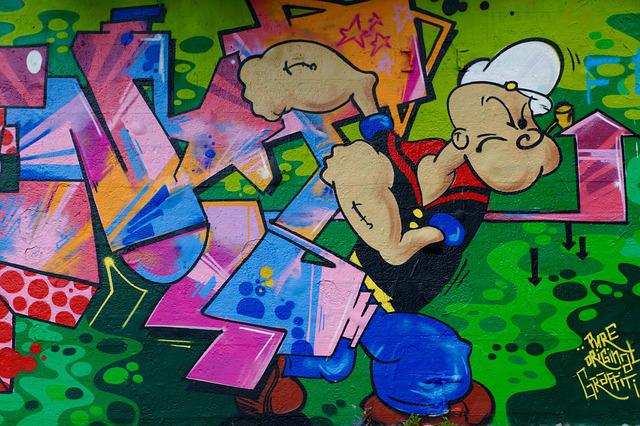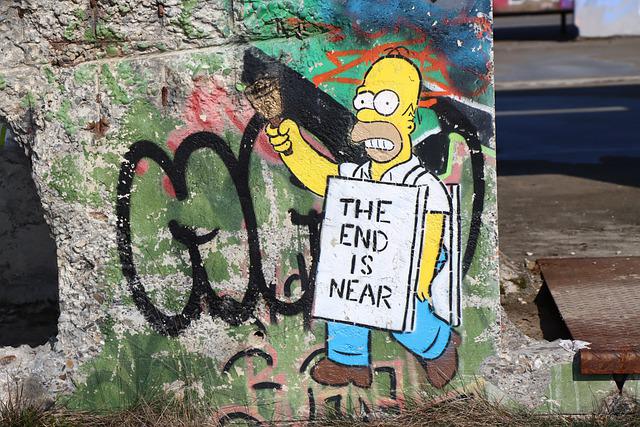The history of modern animation begins in the 1830s with the phenakistoscope, which created the illusion of movement with images on a spinning cardboard disk. As of today, there are no statistics indicating how many animated cartoons have been produced since this is an almost impossible task to calculate.
There are major studios such as Walt Disney and Warner Bros that produce them, as well as individuals with computers at home. The truth is that no matter how popular some of them may be, there are still some unbelievable things you can learn behind the scenes that become more and more controversial as you dig deeper.






